Notes and references
This article needs additional citations for verification .(November 2007) |
- ↑ Also known as Guillaume de la Marck in some English language sources
- 1 2 E. Cobham Brewer (1894). Dictionary of Phrase and Fable, San’glier (Sir),Boar
William de la Marck [1] (1446–1485) was an adventurer of German extraction. He became an important character in the late 15th century in the Prince-Bishopric of Liège. William's was nicknamed Le Sanglier des Ardennes (The Wild Boar of the Ardennes)— because he was as fierce as the wild boar which he delighted to hunt. [2]
In 1482, he had Louis de Bourbon, Bishop of Liège, assassinated, in order to replace him by his own son Jean de la Marck. He failed to have Jean accepted, and the next bishop was John of Hornes. This act led to a civil war in the prince-bishopric.
On 21 May 1484, a treaty was signed at Tongeren, whereby the de la Marck family forfeited its claims to the bishopric and supported Liège's struggle against Maximilian I, Holy Roman Emperor for the reward of 30,000 livres. Bouillon castle was mortgaged to William de la Marck until the time of repayment.
In 1485, he was ambushed near Sint-Truiden and taken to Maastricht, where he was beheaded on 18 June 1485.
William's cousin Érard de La Marck became prince-bishop from 1506 until 1538.
His great-grandson William II de la Marck was an important leader of the Gueux de mer in the Eighty Years' War.
He is described by Sir Walter Scott as "William, Count of la Marck", in Quentin Durward . [2]
This article needs additional citations for verification .(November 2007) |

Bouillon is a city and municipality of Wallonia located in the province of Luxembourg in the Ardennes, Belgium.

The County of Mark was a county and state of the Holy Roman Empire in the Lower Rhenish–Westphalian Circle. It lay on both sides of the Ruhr River along the Volme and Lenne rivers.
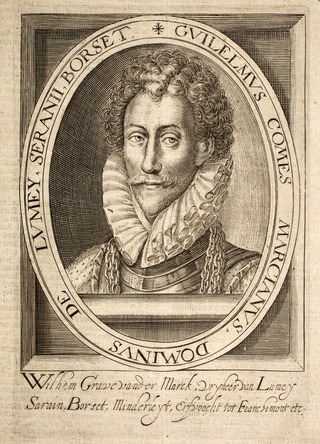
William II de la Marck was the Lord of Lumey and initially admiral of the Watergeuzen, the so-called 'sea beggars' who fought in the Eighty Years' War (1568–1648), together with among others William the Silent, Prince of Orange-Nassau. He was the great-grandson of an equally notorious character, baron William de la Marck, nicknamed the "wild boar of the Ardennes".
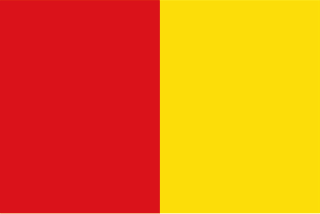
The Prince-Bishopric of Liège or Principality of Liège was an ecclesiastical principality of the Holy Roman Empire that was situated for the most part in present-day Belgium. It was an Imperial Estate, so the bishop of Liège, as its prince, had a seat and a vote in the Imperial Diet. The Prince-Bishopric of Liège should not be confused with the Diocese of Liège, which was larger and over which the prince-bishop exercised only the usual responsibilities of a bishop.

The Castle of Lavaux-Sainte-Anne is a castle located in Wallonia near Rochefort, Province of Namur in Belgium. In 1450, Jean II de Berlo commissioned the building of the castle.
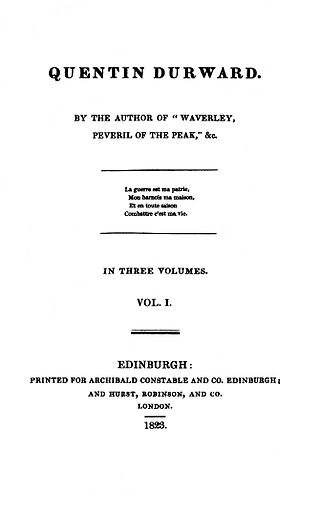
Quentin Durward is a historical novel by Sir Walter Scott, first published in 1823. The story concerns a Scottish archer in the service of the French King Louis XI (1423–1483) who plays a prominent part in the narrative.

Érard de la Marck was prince-bishop of Liège from 1506 till 1538. He was born in Sedan, Ardennes, the third son of Robert I de la Marck, lord of Sedan and Bouillon.

Lambert Lombard was a Renaissance painter, architect and theorist for the Prince-Bishopric of Liège. During his career he worked for Jan Gossaert in Middelburg and trained Frans Floris.
Marck may refer to:
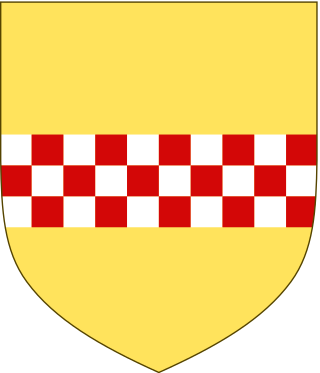
The House of La Marck was a noble family, which from about 1200 appeared as the counts of Mark.

Louis de Bourbon was Prince-Bishop of Liège from 1456 until his death.
Jean Chapeauville was a theologian, historian and vicar general in the Prince-Bishopric of Liège.
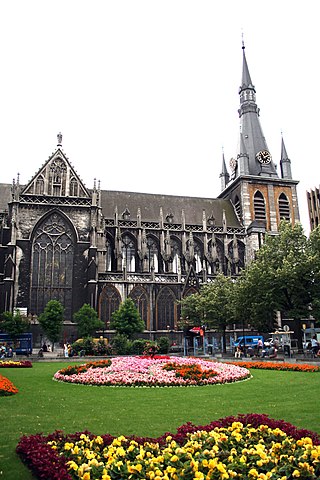
The Diocese of Liège is a Latin Church ecclesiastical territory or diocese of the Catholic Church in Belgium. The diocese was erected in the 4th century and presently covers the same territory as Belgium's Liège Province, but it was historically much larger. Currently, the diocese is a suffragan in the ecclesiastical province of the Archdiocese of Mechelen-Brussels. Its cathedra is found within St. Paul's Cathedral in the episcopal see of Liège.
John of Arkel or Jan van Arkel was a Bishop of Utrecht from 1342 to 1364 and Prince-Bishop of Liège from 1364 to 1378.

The Duchy of Bouillon was a duchy comprising Bouillon and adjacent towns and villages in present-day Belgium.
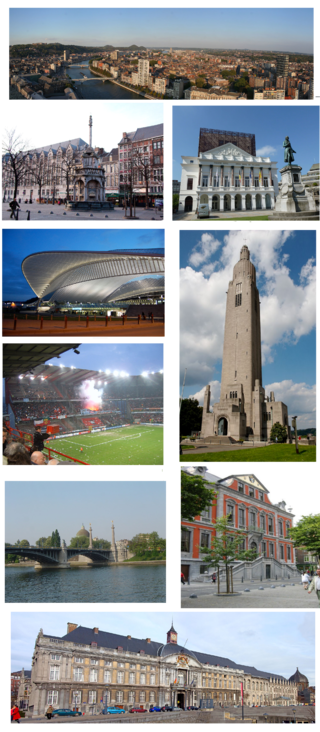
Liège is a major city and municipality of Wallonia and the capital of the Belgian province of Liège. The city is situated in the valley of the Meuse, in the east of Belgium, not far from borders with the Netherlands and with Germany. In Liège, the Meuse meets the river Ourthe. The city is part of the sillon industriel, the former industrial backbone of Wallonia. It still is the principal economic and cultural centre of the region.

Philip II of Daun-Oberstein was the Archbishop-Elector of Cologne from 1508 until 1515.

The Wars of Liège were a series of three rebellions by the Prince-Bishopric of Liège, in the town of Liège in modern-day Belgium, against the expanding Burgundian State between 1465 and 1468. On each occasion, the rebels were defeated by Burgundian forces commanded by Charles the Bold and the city was twice burned to the ground.

The Murder of the Bishop of Liège is an 1828 or 1829 oil on canvas painting by Eugène Delacroix, showing the murder of Louis de Bourbon, Bishop of Liège by William I de La Marck's men during the 15th-century Wars of Liège, as told in chapter 22 of Walter Scott's historical novel Quentin Durward. First exhibited at the Paris Salon of 1831, it is now in the Louvre in Paris.